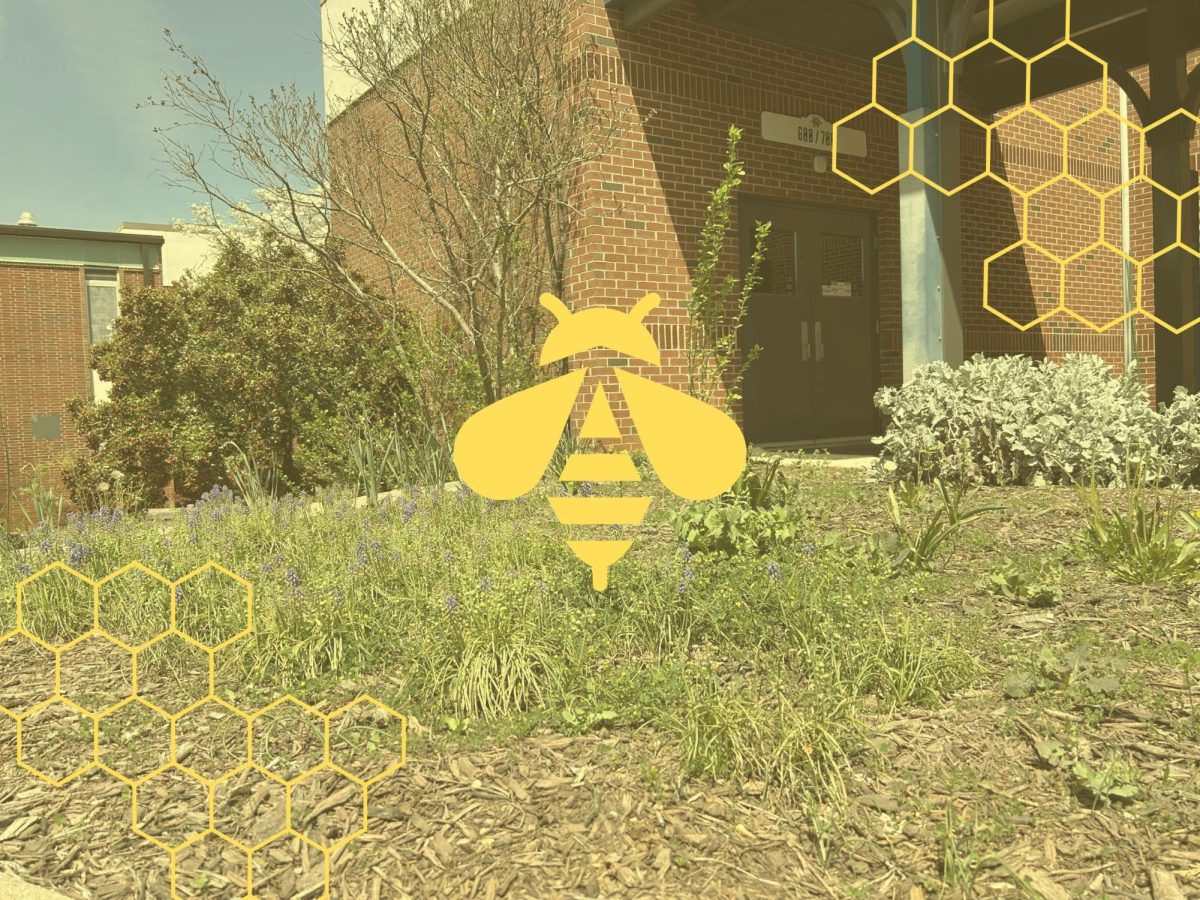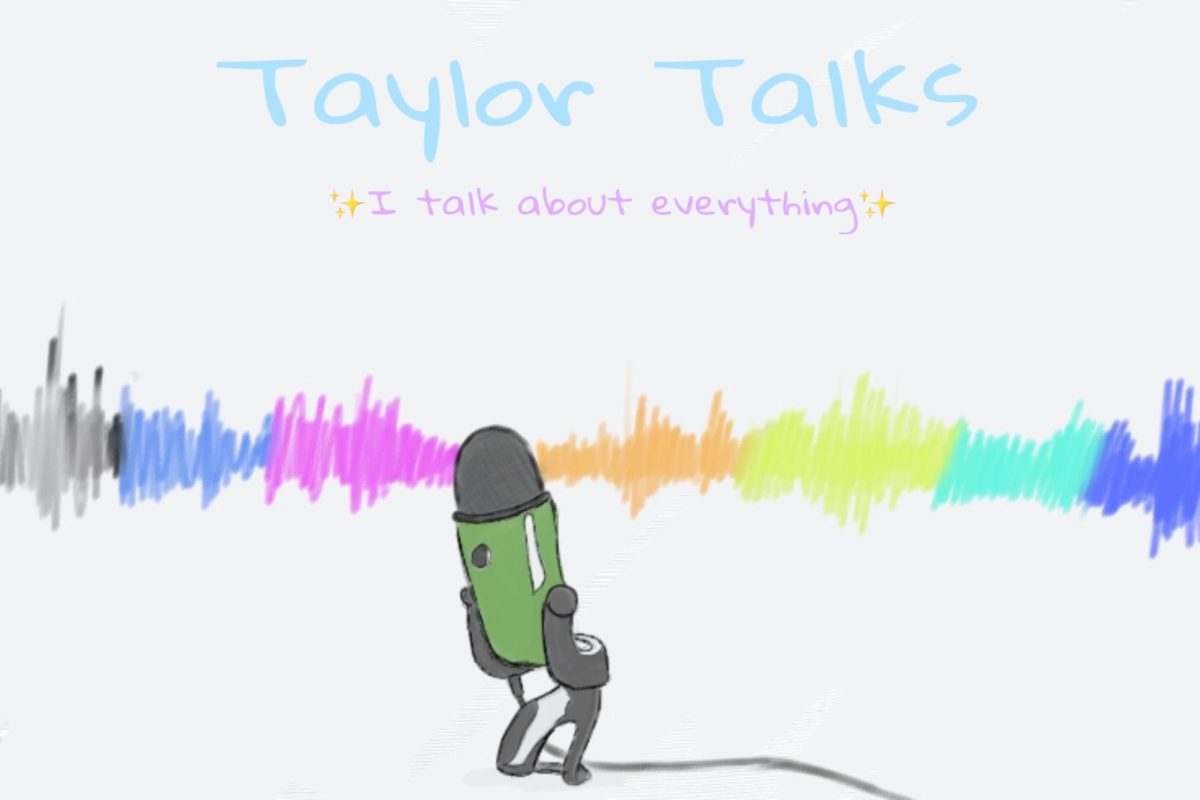Pumpkins, first grown by Native Americans, have stood the test of cultivation for the past 5,000 years and become a staple in the colonists’ diet. Pumpkins evolved into a tried and true tradition of holidays such as Halloween and Thanksgiving. They possess thousands of uses, which range from food to decoration, and prove pivotal in various cultures. Gourds, an umbrella term for plants like pumpkins, stem from a deep etymology with a plethora of changes and modifications until they became known as the produce widely recognized in 2024.
Throughout history, pumpkins underwent three significant name changes. The word pumpkin, derived from the Greek word pepon, originally meaning melon, then changed into the Latin word peponem, which means watermelon. After translating into the French word pumpion, the English root became a pumpkin. Pumpkins changed in description and use in culture due to the evolution of the word even used as an insult in the occasional circumstance to describe a person that remained ignorant.
“[Pumpkins] come in many colors which can be used in various ways. They remind me of fall leaves with most of the colors like yellow and green. You can even make a boat out of some of them if you don’t want to use them as decoration,” magnet senior Leighton Rader said.
Pumpkins also underwent an evolution in size, taste and color. The original pumpkin contained highly nutritional seeds, however, the original tough, ball-shaped gourd tasted bitter, unlike the common pumpkin today which contains a distinct slightly sweet and earthy taste. These pumpkins, grown in fields, provided a staple to the Three Sisters Method of planting which allowed Native American crops, such as beans and corn, to survive subsistently in the environment.
Squash and gourd farming remains an integral part of agriculture due to the high nutritional value contained in the seeds. Pumpkin seeds in particular provide healthy doses of fats and fibers that allow immune support growth in the body. Pumpkin seeds also provide nutrients and vitamins that help improve eyesight, prevent hearing loss and strengthen bone structure.
Flash forward to the 19th century, farmers designated areas of land for cultivation. These areas then evolved into the family tradition of pumpkin patches which remain a vital part of Halloween traditions since the 1920s, bringing joy to kids around the world. Traditions include pumpkin carving, allowing families to pick out the perfect pumpkin and display it. However, debate rages on about how and where to properly dispose of the pumpkins after Halloween and Thanksgiving end.
“[Pumpkins] can make good compost when used correctly. Usually in the past, I have simply thrown them in a wooded area to feed animals and decomposer organisms like deer and mushrooms. I have also found various ways to recycle them too like creating things with the husks,” magnet biology teacher Grant McDurmon said.
There remain a multitude of ways to dispose of pumpkins such as donating or composting, however, groups of people find creative ways to recycle and reuse their pumpkins, including face masks and dog treats. Creative persons even opt for transforming the pumpkins into planters for new seeds or creating candle holders from the husks. Overall, exceptional uses for old pumpkins have proven creative, and sustainable and diminishing the presence of excessive gourds in landfills.
Cultures and holidays alike share pumpkins as pivotal elements in tradition. Whether to decorate the house or eat delicious desserts, pumpkins prove themselves every year as a multi-faceted gourd with various uses. When families prepare to alter pumpkins, several have changed their minds by creating a scary pumpkin face mask or a beautiful and delicate candle holder.

















